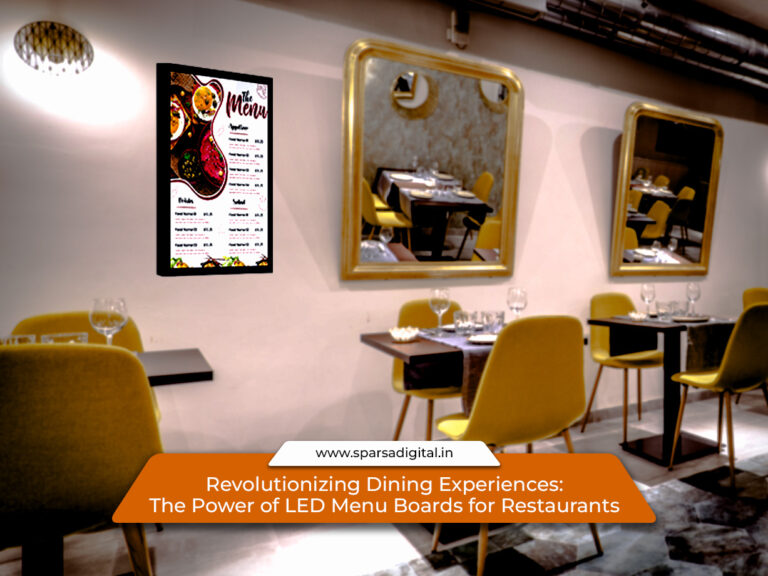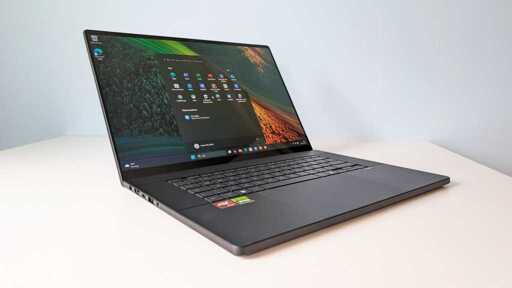Revolutionizing Dining Experiences: The Power of LED Menu Boards for Restaurants
-
In today’s fast-paced restaurant industry, presentation matters just as much as the food. One often overlooked but crucial component of a dining experience is the menu. Traditionally, paper menus or chalkboards were the go-to. But as customer expectations evolve, so does the way eateries present their offerings. Enter the food menu display board, a modern, digital solution changing the way restaurants communicate with patrons.
Among these innovations, LED menu boards for restaurants stand out as a game-changer. From fast food joints to fine dining establishments, digital boards are elevating customer engagement, streamlining operations, and boosting overall sales. This article explores the rise of digital menu solutions and why restaurants across the globe are making the switch.
The Shift Toward Digital Displays
In the digital age, static menus can feel outdated. Customers today are used to dynamic, real-time content, and restaurants are meeting this expectation with food menu display boards powered by LED technology. These digital displays offer vivid imagery, seamless updates, and even video integration, all of which enhance the visual appeal of your menu.
Why is this shift happening?The answer lies in three key benefits:
Visual Engagement: Vibrant screens grab attention instantly.
Real-Time Updates: Prices, items, or availability can be changed in seconds.
Cost Efficiency Over Time: Although the initial investment is higher, long-term printing and labor costs are significantly reduced.
What Makes LED Menu Boards for Restaurants So Effective?
The visual clarity and brightness of LED displays make them ideal for restaurant settings. Whether indoors or outdoors, these boards remain easily readable under various lighting conditions. Here’s what makes LED menu boards for restaurants especially valuable:
-
Improved Readability
LED boards are designed to be easy on the eyes. The crisp contrast and bright display ensure customers can read menus effortlessly, even from a distance. -
Customizable Content
Restaurant owners can update specials, promotions, or entire menu sections remotely and instantly. No more printing delays or outdated content. -
Increased Sales
Studies show that digital menu boards can influence buying decisions. High-quality food images paired with promotional cues can upsell items or increase impulse purchases. -
Eco-Friendly
Going digital reduces paper usage, contributing to a greener operation. It’s a win for both businesses and the planet.
Ideal Placements for a Food Menu Display Board
Placement plays a critical role in maximizing the benefits of a food menu display board. Common spots include:
Drive-Thru Lanes: Outdoor LED boards ensure drivers can read menus easily, speeding up service.
Entrance Areas: Attract walk-ins by showcasing bestsellers or daily specials.
Above the Counter: Helps streamline ordering by letting customers decide before they reach the cashier.
Dining Area Walls: Reinforce branding or share nutritional information and promotions.
Types of LED Menu Boards for Restaurants
There isn’t a one-size-fits-all when it comes to digital menus. Restaurants can choose based on space, budget, and aesthetics:
-
Wall-Mounted Boards
Perfect for fast food outlets or cafés, these boards are fixed and easily visible. -
Freestanding Kiosks
Ideal for quick-service restaurants or high-traffic zones where customers can interact with the display. -
Outdoor-Grade LED Boards
Built to withstand weather elements, these are essential for drive-thru restaurants or patios. -
Video Walls
Multiple LED panels working as one large screen, perfect for larger venues or those wanting to create a visual wow factor.
Design Tips for a Compelling Digital Menu
A sleek screen alone doesn’t make a digital menu effective. Smart design principles enhance usability and conversion:
Keep it Simple: Limit the number of items shown per screen. Clutter overwhelms.
Use High-Quality Images: Invest in professional photography.
Maintain Brand Consistency: Fonts, colors, and tone should reflect your restaurant’s identity.
Prioritize Bestsellers: Feature high-margin or signature dishes prominently.
Time-Based Menus: Schedule breakfast, lunch, and dinner menus to display automatically at the appropriate hours.
Overcoming Challenges with Digital Displays
Despite the advantages, adopting a food menu display board does come with a few considerations:
Initial Cost: Good-quality LED boards can be expensive upfront.
Technical Know-How: Staff must be trained to manage the system.
Power Consumption: LED boards do use electricity, but modern models are energy-efficient.
The long-term savings and operational benefits often outweigh these initial hurdles.
Future Trends in Digital Menus
The future of LED menu boards for restaurants goes beyond static images. Here’s what to expect:
AI-Powered Recommendations: Digital boards will soon offer personalized dish suggestions based on demographics or time of day.
Integration with POS Systems: Automated inventory syncing can adjust the menu in real time.
Touchscreen Interfaces: Customers will browse, customize, and even place orders directly via the menu board.
Restaurants that adopt these technologies early are likely to stand out in an increasingly competitive market.
FAQs
Q: Are LED menu boards suitable for all types of restaurants?
Yes, from quick-service outlets to fine dining, LED boards can be tailored to suit any ambiance or brand style.Q: Can I update content myself or do I need a technician?
Most modern systems come with easy-to-use software that allows restaurant staff to update content in-house.Q: What’s the typical ROI on digital menu boards?
Most establishments see a return on investment within 12-18 months, thanks to increased sales and reduced printing costs.Q: How durable are outdoor LED menu boards?
High-quality outdoor boards are weather-resistant and can last for several years with proper maintenance.Q: Can I integrate promotions and loyalty programs on the board?
Absolutely. Many systems allow integration with customer rewards and promotional scheduling tools.Final Thoughts
The shift toward LED menu boards for restaurants is more than a trend. It’s a strategic move toward enhancing customer experience and operational efficiency. Whether you run a bustling café or a high-end restaurant, incorporating a food menu display board can modernize your space and improve how guests interact with your brand.
In a world where visuals drive decisions, upgrading your menu presentation is no longer optional; it’s essential. Get in touch with Sparsa Digital today, and schedule an appointment before it’s too late.

-






